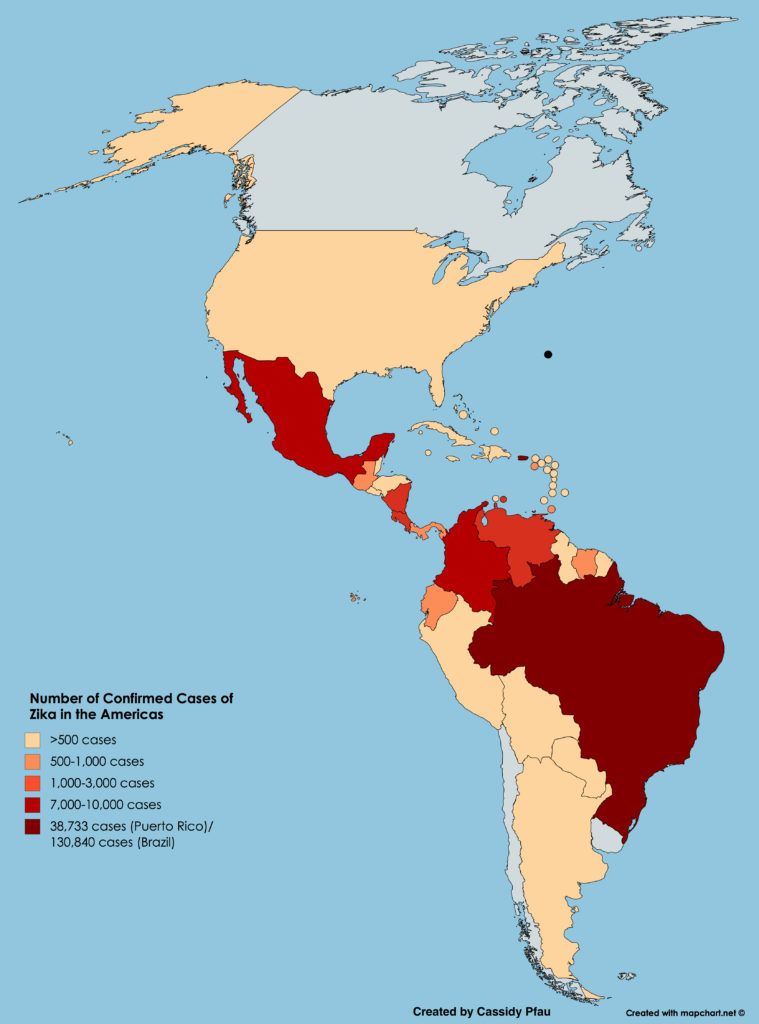Diniz, D., & Grosklaus Whitty, Diane R. (2017). Zika : From the Brazilian backlands to global threat. London: Zed Books.
This brief book is built upon extensive ethnographic fieldwork with mothers, doctors and scientists during Brazil’s Zika outbreak. The translation from Portuguese by Diane Grosklaus Whitty is masterful. Translation is always hard, and I have read too many books by Brazilian authors that suffered from overly formal wording, or endless run-on sentences. On a very small scale I understand this challenge from translating quotes in my first two books, for which I could easily spend an hour for a single statement. Of course, a developed narrative -with multiple voices- is an exceptional challenge. Diniz was very fortunate with her or the press’s choice for a translator. The prose is clear, energetic and yet still carries the feel and beauty of Portuguese.
The book itself focuses on north-eastern Brazil, an impoverished region that was once Brazil’s colonial heartland. In essence, the book tells two stories: first, how the virus emerged, and how affected mothers understood and experienced Zika; and second, the story of the scientists who struggled to define what new disease was plaguing in the region. With regard to the second story, this book is a fascinating story of how science works, as the doctors who were directly involved in diagnosing cases were often undervalued or ignored, while credit and resources flowed to the academic names and prestigious centers in Brazil’s south.
In a sense it is unsurprising that it was at first difficult to detect a new arbovirus, given that Brazil was suffering from a serious outbreak of both Dengue and Chikungunya, which are both spread by the same virus as Zika; many of the early blood tests unsurprisingly were positive for dengue, which greatly muddied the waters. It was only after babies began to be born with microcephaly that it became fully clear that something truly different was happening. For both parents and doctors who felt isolated, Whatsapp became a lifeline for both information and support.
As Diniz discusses (p. 111) there are still so many unanswered questions about Zika. What this work does is to provide a snapshot of the emergence of a disease, and how different groups of people understand and interpreted the course of the epidemic. The book is concise, well-researched and chilling; it should be in common use in global health classes.
The image at the bottom of this post is courtesy of Cassidy Pfau, who did an exceptional job on a research project on Zika. The map was completed in March 2017.
To read my own book on the AIDS Pandemic in Latin America, please click here.

